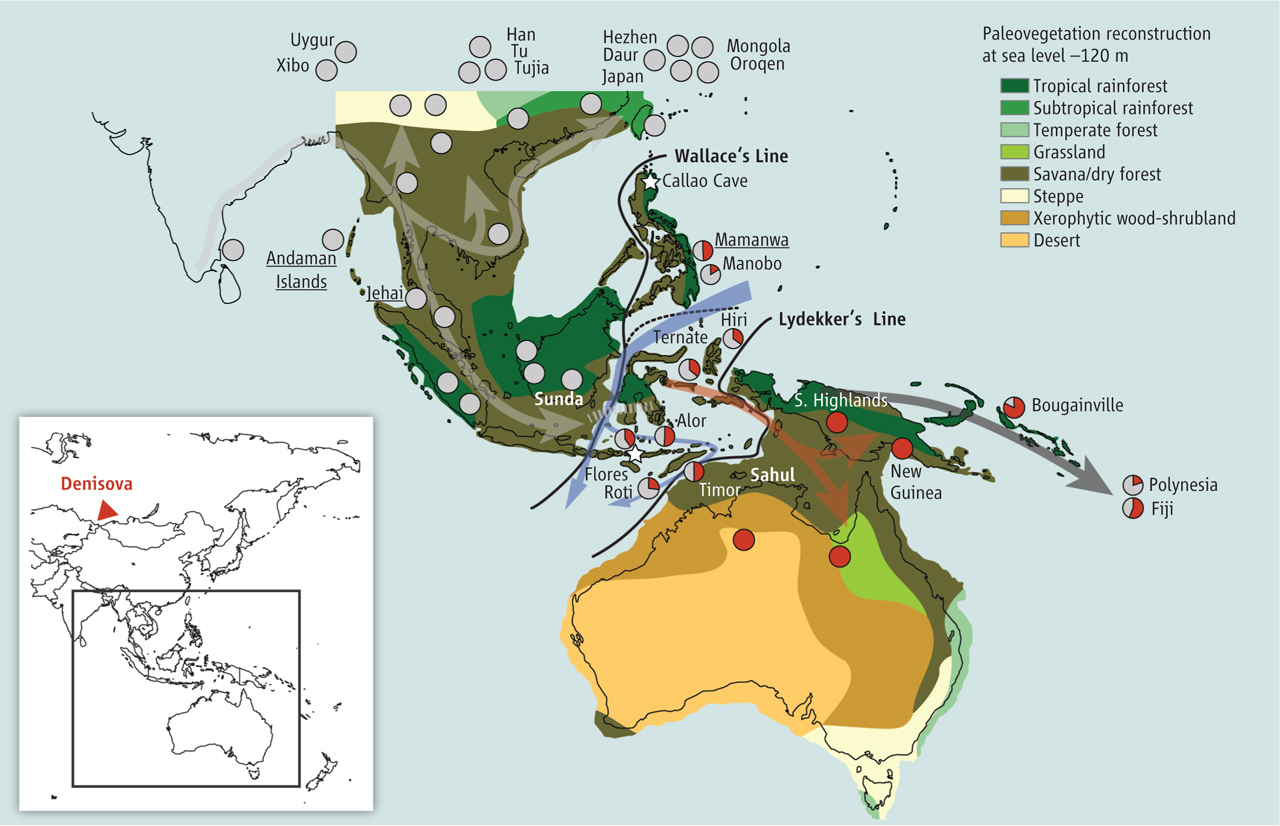Neandertals form a curious part of Human heritage. Fossil and genetic evidence suggest that the two Human populations split sometime between 400,000 to 800,000 years ago. Neandertals went extinct 30,000 years ago.
For decades, the general impression about the Neandertals were as brutish, primitive beings. However the more we investigate the more we learn and become intrigued about these master ice age survivors. The director Pierangelo Pirak’s documentary is a concatenation of multiple short episodes exploring issues such as what killed the Neandertals? Did we really drive our human relatives extinct? How Neandertal are you? What do you owe to our ancient cousins? How human were Neandertals? Did Neandertals create art?
One of the largest contribution to our body of knowledge came from genetics. Max Planck Institute researchers sequenced the genomes of a number of Neandertals. Comparison of Neandertal genomes with those of modern people has revealed that they interbred with modern humans at least once in the past 60,000 years, probably somewhere in the Middle East. Because the interbreeding took place after moderns left Africa, today’s Africans did not inherit any Neandertal DNA. But living Europeans and Asians have inherited a small amount varying from 1% to 4% on average. Scientists have identified genes inherited from the Neandertals that cause diabetes, lupus, and Crohn’s disease; alter immune function; and affect the function of the protein keratin in skin, nails, and hair. The following lecture by three researchers Joshua Akey of Washington University, Kay Prüfer of Max Planck Institute and Tony Capra of Vanderbilt University lays out a very informative encapsulation of our current knowledge on Neanderthals (and Denisovans):
The discovery of a new Human species in Denisova Cave in the Russian Altai mountains came as a big suprise. Denisovans lived at the same time with Neandertals but had a different genetic trace among modern humans. Denisovans hybridized with modern human populations whose descendants are unexpectedly now found in Island Southeast Asia, Australia, and the Pacific (see the map below). Additionally, three Denisovan mitochondrial genomes have been generated from material in the cave, destimated to be more than 50,000 years old. The diversity of these genomes indicates that the Denisovan population had a larger long-term average size than that of the Neandertals. Accordingly, the Denisovans must have been formerly widespread across mainland East Asia. However, interbreeding with modern humans only appears to have occurred in remote Island Southeast Asia, requiring marine crossings and raising questions about the distribution and fossil record of Denisovans in Island Southeast Asia.
Why the Neandertals went extinct is a curious question. Answers are many. One of them is that Neandertals had rather small population numbers which resulted in severe inbreeding. For instance based on genome of the Altai Neandertal, the observed depletion of genetic diversity could be explained by high degree of consanguinity. For instance long stretches of sections on chromosome 21 amounts to severe inbreeding between half siblings.
It has been shown that Neanderthals contributed genetically to modern humans outside Africa 47,000–65,000 years ago. An analysis of the genomes of a Neandertal and a Denisovan from the Altai Mountains in Siberia together with the sequences of chromosome 21 of two Neandertals from Spain and Croatia revealed that a population that diverged early from other modern humans in Africa contributed genetically to the ancestors of Neanderthals from the Altai Mountains about 100,000 years ago. This is a much earlier date than the interbreeding event detected between European Neandertals and modern humans.
Indeed no such gene flow is detected in the Denisovan or the two European Neandertals. The ancestors of Neandertals from the Altai Mountains and early modern humans interbred, possibly in the Near East, many thousands of years earlier than previously thought.
Brain is a very expensive tissue. Male and female Neanderthals had cranial capacities averaging 1,600 cm3 (98 cu in) and 1,300 cm3 (79 cu in) respectively, extending to 1,736 cm3 (105.9 cu in) in the male Amud 1. This is notably larger than the 1,250 to 1,400 cm3 (76 to 85 cu in) typical of modern humans. Larger brains consume more energy especially during childhood. Large brains also require a prolonged childhood period allowing the organ sufficient time to develop. Taking all these into consideration, a typical Neandertal may have required more calories to sustain compared to modern humans. This difference may be the key trait conferring competitive advantage to modern humans. On the other hand, one may think that brain development is coupled to high protein consumption. Studies have shown that Neandertals were not strictly meat eating carnivores and were consuming plants especially in the southern latitudes of their ranges. Some individuals were known to self medicate by consuming poplar ans willow bark which contained the active ingredient of Aspirin the salicylic acid.
Neandertals continue to surprise us by their art and technology. The discovery of 175,000 year old circular arrangements that show deliberate placement of stalagmites broken to a certain size in Bruniquel cave, near the Pyrénées mountains in southwest France is quite intriguing.
Neandertals also had a particular affinity for affinity for birds with dark feathers. It appears this affinity was purely for ornamental purposes. The way the Neandertals butchered these birds suggests that they were applying taxidermical methods to extract the feathers for maximal charismatic appearance.
Neandertals were able to control fire and developed an extensive fire-based technology. Their spears have strongly spear points that are hafted firmly. This composite design was essential for these ambush predators who had fierce close-combat encounters with their prey. These spears used birch tar as a super glue which required a complex skill involving dry distillation.
With every new archaeological and genetic discovery Neandertals will most certainly continue to amaze us.



0 Comments
You can be the first one to leave a comment.